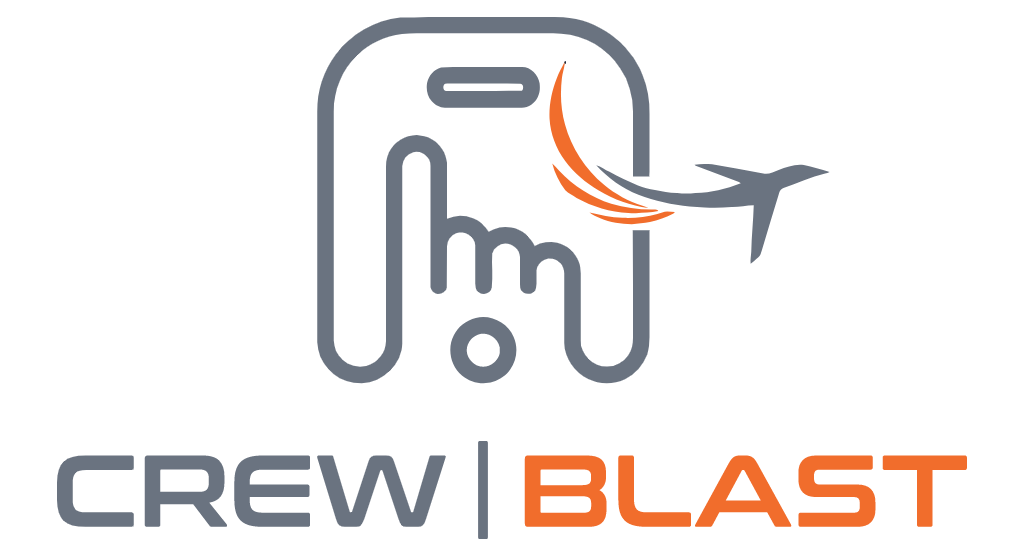Being a pilot or a flight attendant is a dream job for many people who love to travel and explore...
The Modern Workday: Navigating Flexibility and Work-Life Integration
The evolution of the typical workday has undergone significant changes over the years. From the industrial revolution to the digital age, the way we work has transformed in response to technological advancements, societal shifts, and changing attitudes towards work-life balance. In this blog, we will explore the key milestones in the evolution of the typical workday and how it has shaped our modern work culture.
The Industrial Revolution:
The Industrial Revolution in the 18th and 19th centuries marked a significant shift in the way people worked. With the rise of factories and mass production, the typical workday became structured around fixed hours and repetitive tasks. Workers would often work long hours, sometimes up to 16 hours a day, with minimal breaks or time off. The concept of work-life balance was virtually non-existent during this time.
The 8-Hour Workday:
In the early 20th century, labor movements and unions fought for better working conditions and shorter work hours. The 8-hour workday became a standard demand, and in 1914, Ford Motor Company was one of the first major companies to adopt this policy. The idea ehind the 8-hour workday was to provide workers with more leisure time and improve their overall well-being.
The Rise of Office Culture:
With the growth of white-collar jobs in the mid-20th century, office culture became more prevalent. The typical workday shifted from manual labor to desk-bound jobs, with employees working in cubicles or open-plan offices. The 9-to-5 schedule became the norm, with a one-hour lunch break in the middle of the day. This structure allowed for more regular working hours and a separation between work and personal life.
Technological Advancements:
The advent of computers and the internet in the late 20th century revolutionized the way we work. The traditional office setting started to give way to remote work and flexible schedules. With the ability to work from anywhere, employees gained more control over their work hours and location. This shift blurred the boundaries between work and personal life, as people could now work outside of the traditional 9-to-5 schedule.
The Gig Economy:
In recent years, the gig economy has emerged as a new way of working. Freelancers, independent contractors, and gig workers have become more common, with platforms like Uber, Airbnb, and Upwork providing opportunities for flexible work arrangements. The gig economy offers individuals the freedom to choose their own hours and projects, but it also comes with challenges such as income instability and lack of benefits.
Work-Life Integration:
In the present day, there is a growing emphasis on work-life integration rather than work-life balance. With the advancement of technology, work has become more fluid and interconnected with personal life. Many professionals now have the flexibility to work outside of traditional office hours, but this also means that work can encroach on personal time. Achieving a healthy work-life integration has become a priority for many individuals and organizations.
In addition to the rise of the gig economy, another trend that has emerged in recent years is the increasing demand for contract pilots. Contract pilots are experienced aviators who work on a contract basis for various airlines or private jet owners. These pilots often seek flexibility in their work schedules, allowing them to have more control over their time and work-life balance.
Contract pilots have the opportunity to choose their assignments and negotiate their terms of work. They can decide when and where they want to fly, allowing them to have more time for personal commitments or pursue other interests outside of aviation. This flexibility is particularly appealing to pilots who may have family obligations or other responsibilities that require them to have a more adaptable schedule.
Contract pilots also have the advantage of experiencing a variety of flying opportunities. They can work with different aircraft types, fly to various destinations, and gain exposure to different aviation operations. This diversity in their work can be intellectually stimulating and provide them with a broader range of experiences compared to pilots who work for a single airline.
However, it's important to note that contract pilots may face some challenges as well. They may have to deal with irregular work patterns, uncertainty in terms of future assignments, and the need to constantly market themselves to secure new contracts. Additionally, they may not receive the same benefits and job security as full-time employees.
Overall, contract pilots are part of the evolving work landscape, where professionals are seeking greater flexibility and autonomy in their careers. As the demand for contract pilots continues to grow, it will be interesting to see how this trend shapes the aviation industry and the opportunities available for pilots in the future.
In conclusion, the evolution of the typical workday has seen significant changes over time. From the long hours of the industrial revolution to the flexibility of the gig economy, our work culture has adapted to societal and technological shifts. As we continue to embrace new ways of working, it is important to find a balance that allows for productivity, personal well-being, and fulfillment in both our professional and personal lives.
